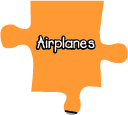 |
Airplanes |
Parts of a Plane
The body of the plane is called the fuselage. It is generally a long tube shape. The wheels of a plane are called the landing gear. There are two main wheels on either side of the plane fuselage. Then there is one more wheel near the front of the plane. The brakes for the wheels are like the brakes for cars. They are operated by pedals, one for each wheel. Most landing gear can be folded into the fuselage during the flight and opened for landing.
All planes have
wings.
The wings are shaped with smooth surfaces. The smooth surfaces are slightly
curved from the front or leading edge, to the back or trailing edge. Air
moving around the wing produces the upward lift for the airplane.
The shape of the wings
determines how fast and high the plane can fly.
A cut through the wing from front to back is called an
airfoil.
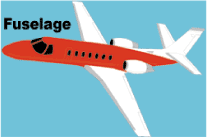 |
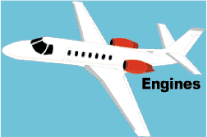 |
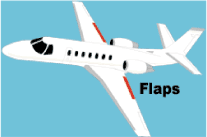 |
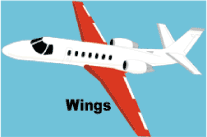 |
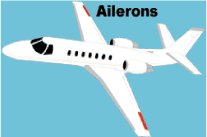 |
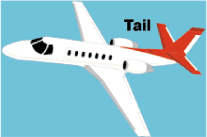 |
The tail at the rear of
the plane provides stability. The fin is the vertical part of
the tail. The
rudder
at the back of the plane moves left
and right to control the left or right movement of the plane. The
elevators
are found at the rear of the plane. They can be raised or lowered to change
the direction of the plane's nose. The plane will go up or down depending on
the direction of that the elevators are moved.
Back to top

Comments
Post a Comment